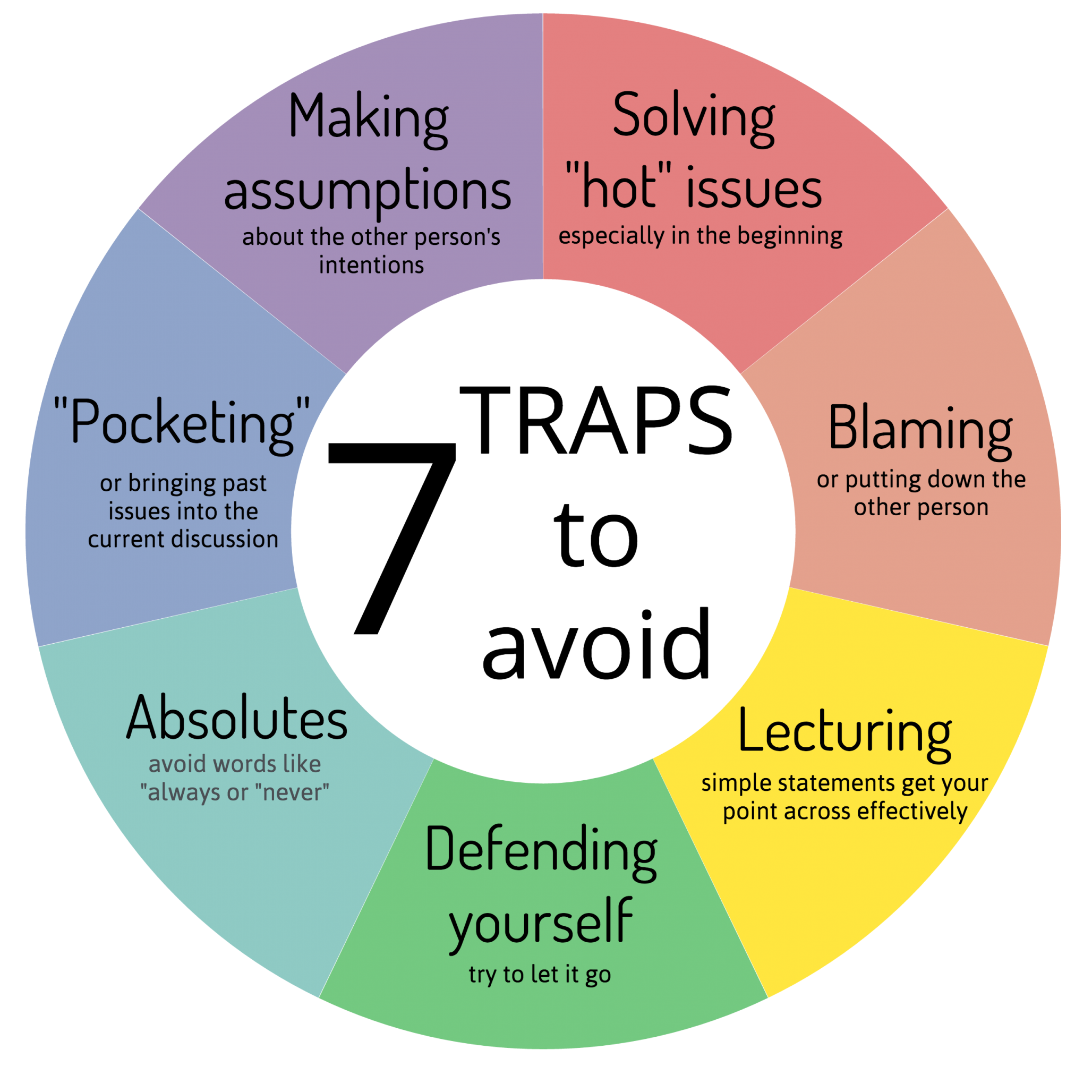
NIDA Family Check Up: Negotiating Solutions
Negotiating solutions is a great way to help your family work together to solve problems, make changes, and improve cooperation in your family. Simple, easy problems can be solved this way, but serious problems, like entering treatment for substance abuse should be the parents’ decision. Explain to children and teens that some problems are negotiable, and others are not.
Adolescents and younger children can learn to:
- Focus on solutions rather than problems
- Think through possible consequences of their actions
- Improve or develop communication skills
How to begin:
- Choose a regular time (not in the middle of a problem) for family meetings.
- When issues arise, take a breather before meeting to try to solve the problem.
- Pick a neutral place with few distractions. Some families like to talk over dinner or while driving.
Aim for Success:
- Choose a problem that is small and specific. This lets you model the method of problem solving without getting too upset or heated over the problem.
- State the problem neutrally. Avoid blame.
- Recognize the other person’s positive behavior. Even if it is a small thing, find something to be positive about.
- Accept responsibility for your part of the problem.
- Restate what you think the other person is saying to make sure you understand. If anyone gets too upset, take a time out and start again later.
How to Problem Solve:
Brainstorm
During this time, no ideas are out of bounds! Sometimes silly “solutions” can help lighten the mood.
- Try to come up with 3-4 ideas each.
- Remember to hold back any criticism—silly ideas are ok!
- Take turns coming up with the ideas
- Some families like to use a piece of paper to record all of their ideas
- If you have kids who don’t like to speak up or share, using sticky notes to record ideas can be helpful. Each person can write (with help if your children are young) ideas on different sticky notes
Evaluate
Look at the list of ideas—talk about each possible solution and list pluses and minuses
Choose a solution
It’s ok to combine ideas if needed, as long as everyone agrees on the chosen solution
Follow up
Check and see how your solution is working, and choose (or brainstorm) a different idea if it isn’t working. While negotiating solutions can take time to do successfully, for smaller problems, it is an effective way to get everyone’s opinion and to help children learn to problem solve. Remember: parents can and should make big decisions on their own.

The National Institute on Drug Abuse compiled a booklet of positive parenting techniques that help prevent or reduce drug abuse.
The other techniques were: